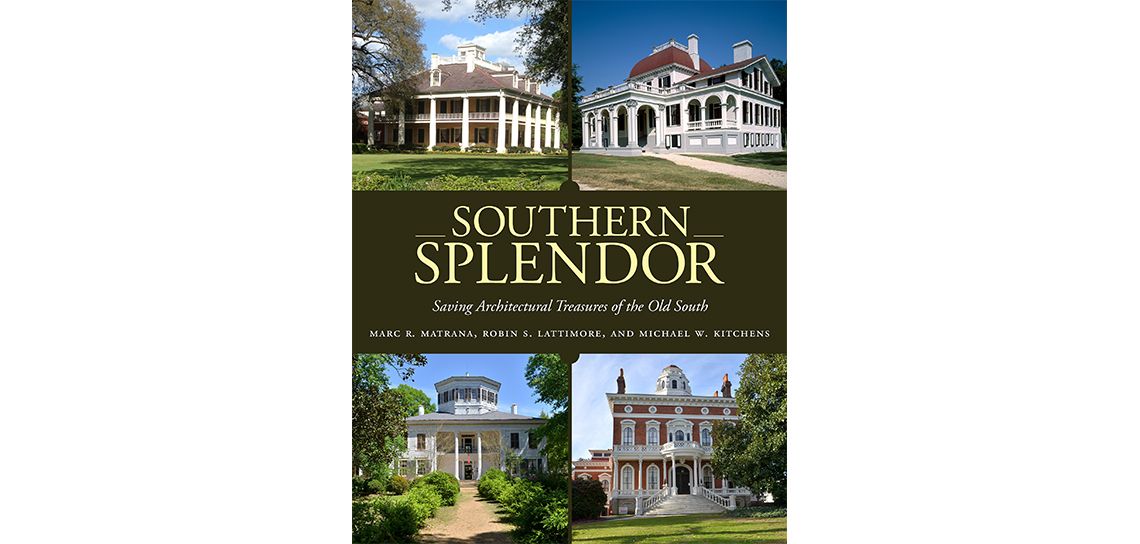Off the page: ‘Southern Splendor’
With each passing year, many grand homes that once stood tall on large plantations and expansive estates gradually succumb to the elements—locking in forever the secrets and insights that once stood to be discovered within sprawling ballrooms and winding halls. Like Egyptian artifacts displayed in museums or the remnants of ancient Roman structures, these structures offer a glimpse into the lives of people in a much different time with much different circumstances. However, unlike those well-preserved artifacts a world away, some of these historic dwellings in the southern United States are neglected, allowing them to fall into ruin.
“The architectural treasures of the American South may not be as old as the antiquities found in Europe and on other continents with architecture stretching back thousands of years, but they are no less important in helping convey a stronger understanding of the past,” write authors Marc Matrana, Robin Lattimore and Michael Kitchens in Southern Splendor: Saving Architectural Treasures of the Old South. “For that reason, historic preservation in the South is paramount.”
Tracing the lineage of historic homes across the South, the book illustrates extensive restorations made by preservation groups while exploring the lives once lived within these walls. From state to state, the authors put on display vivid images along with the stories that each structure lives on to tell, thanks to the hard work of individuals determined to preserve the past. The 52 pages devoted to Louisiana offer glimpses inside residences including the “sugar palace” Houmas House, colorful Steamboat Gothic-style San Francisco Plantation, and Whitney Plantation, which the authors credit as the nation’s first major museum devoted to slavery.
“No other region of the United States can claim such cultural diversity and architectural splendor as the South,” notes Preservation North Carolina regional director Ted Alexander. “For every plantation house or in-town planter residence that is restored, a little more of our collective history is preserved for future generations. And that is something that we should all treasure.”












